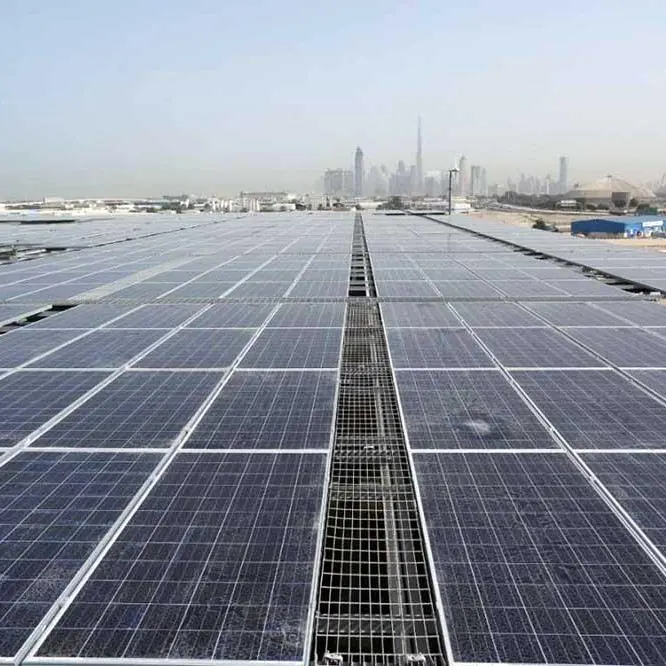It has been a tough run for the global retail sector, thanks to COVID-19. As of late, the calls for “the end of brick-and-mortar retailing” have undoubtedly grown stronger; but in reality, over the past two decades, this theme has repeatedly been shown to be flawed.
It is difficult to pinpoint a single major factor for this market distress; as for sure, it has not spurred exclusively from the rise of COVID-19.
Occupiers and landlords have faced occupational headwinds that have led to a fall in rents and capital values, leading to a sudden standstill of investment appetite.
This, however, has created a new wave of opportunity manifesting itself in counter-cyclical investments in the sector; especially, in retailers whose locations dominate their catchments, who continue to re-invent themselves, and where assets can be repurposed. This has created a polarized sector with clear winners and losers in a very short timeframe.
Food stores, broadly, have emerged as winners both during and post lockdown. The focus on online sales channels was born out of necessity and is now an integral part of their operations, but the instore pick model as a whole can by no means be dismissed.
This omni-channel sales model is a very significant development within the food store industry as it empowers the operator – the retailer – to be truly agnostic with regard to their channels.
Future food store strategy can therefore be focused purely on the customer, irrespective of where the sale takes place – in store, online with delivery or click and collect.
Accordingly, well-located and highly specified supermarkets have re-invented themselves as last mile logistics winners, as their location adjacent to large residential catchments enables them to benefit from their ability to deliver within shorter timeframes.
The counter-cyclical nature of food store assets has attracted a significant influx of capital from both UK and MENA institutional and private allocators.
Fundamentally, these investors believe that the demand factors remain intact, irrespective of the economic cycle. In times of growth, rising levels of disposable income offer consumers more options for buying food products, while in times of uncertainty consumers generally curb their expenses towards Veblen goods in order to provision for their basic goods and services.
The COVID-19 pandemic is a unique exception to this pattern as grocery operators have been able to continue operating while containment measures, implemented in large parts of Europe, have significantly affected consumer shopping behaviour in other sectors of the retail market. Elevated levels of homeworking have further boosted demand for grocery goods.
The transactional evidence over the past 12 months reveals a staggering circa 80 basis points capitalization rate compression, with well-located assets with long institutional and RPI-linked (inflation) leases trading in the early 4% cap rate.
This appetite is also echoed within the debt capital markets, as lenders are competitively pricing senior debt at circa 2% all-in rate for such product, implying their conviction with regard to this sub-asset class. We are likely to see transactional volumes in this sub-sector in excess of GBP1bn for 2021.
MENA institutional and private investors will continue to monitor the market for such product, as their demand for yielding and inflationary hedged investments grows in importance.
© Opinion 2021Any opinions expressed in this article are the author’s own
Disclaimer: This article is provided for informational purposes only. The content does not provide tax, legal or investment advice or opinion regarding the suitability, value or profitability of any particular security, portfolio or investment strategy. Read our full disclaimer policy here.












